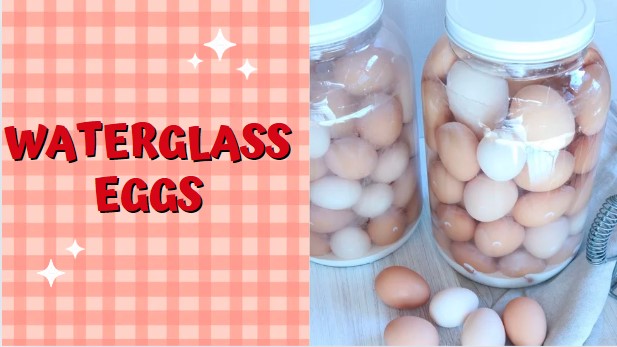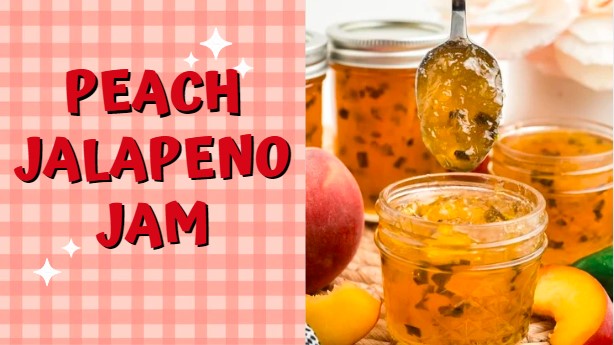Water glassing eggs is a preservation method with roots that stretch back over a century, particularly before the widespread availability of refrigeration. The technique involves using sodium silicate, commonly known as water glass, which was discovered in the early 19th century. Sodium silicate was initially valued for its adhesive and preservative qualities in industrial applications but was eventually found to be effective in preserving perishable items like eggs.
The practice became especially popular during times of surplus in the agricultural cycle. Farmers and householders would preserve eggs when they were plentiful, typically in the spring and summer, to ensure a stable supply throughout the year, particularly over winter when egg production decreased. This method allowed for the storage of eggs for up to several months without significant loss of quality or freshness.
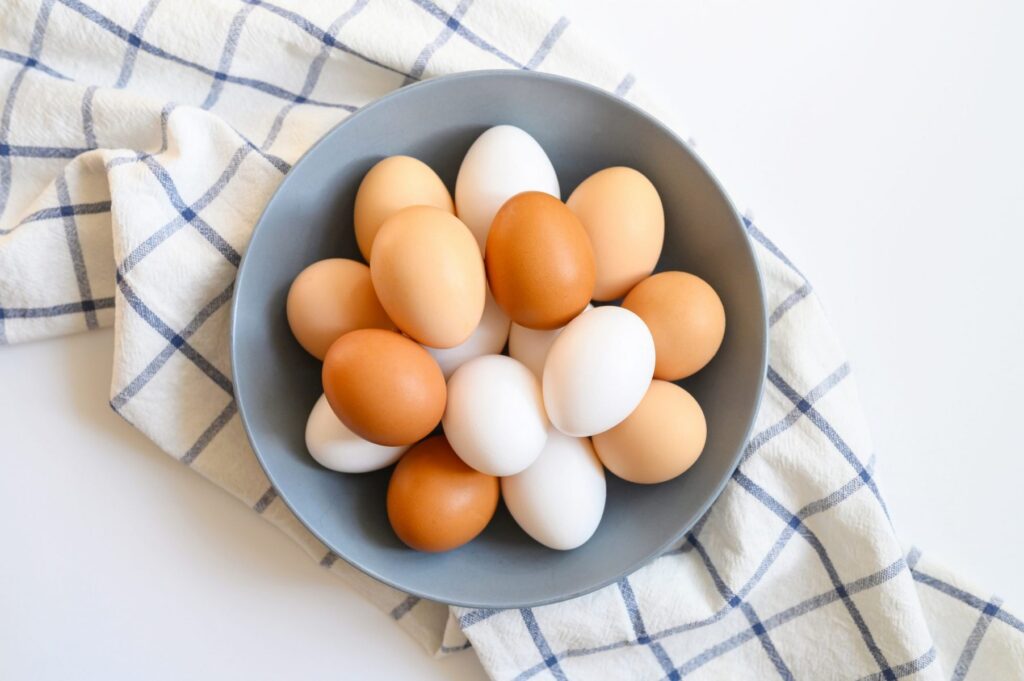
During World War I and II, water glassing became a valuable technique due to food rationing and the need for long-term food storage without refrigeration. It was a practical solution for military use and for civilians who needed to maximize the lifespan of food resources. Households could mix a batch of sodium silicate solution and preserve dozens of eggs, which remained edible for extended periods.
The simplicity and effectiveness of water glassing contributed to its widespread adoption. However, as refrigeration technology became more accessible and affordable in the mid-20th century, the practice waned in popularity. Today, it experiences resurgences among homesteaders, preppers, and those interested in traditional or self-sufficient living practices, celebrating it not only as a method of preservation but also as a connection to a simpler, sustainable way of managing food resources.
What Is Water Glassing Eggs?
Water glassing eggs is a preservation technique that has been used for many years to extend the shelf life of eggs without the need for refrigeration. This method involves submerging fresh eggs in a solution of sodium silicate, also known as “water glass” or “liquid glass.” The sodium silicate solution forms a barrier around the eggshells, effectively sealing the pores. This prevents air and bacteria from entering the eggs, which are the primary causes of spoilage.
The process starts with mixing sodium silicate with water to create a solution that is approximately nine parts water to one part sodium silicate by weight. It’s crucial that the eggs used are very fresh and have not been washed, as washing removes the natural protective coating on the eggshell, making them more vulnerable to bacterial infiltration. Once the solution is prepared, the eggs are gently placed in a clean, airtight container and completely covered with the mixture.
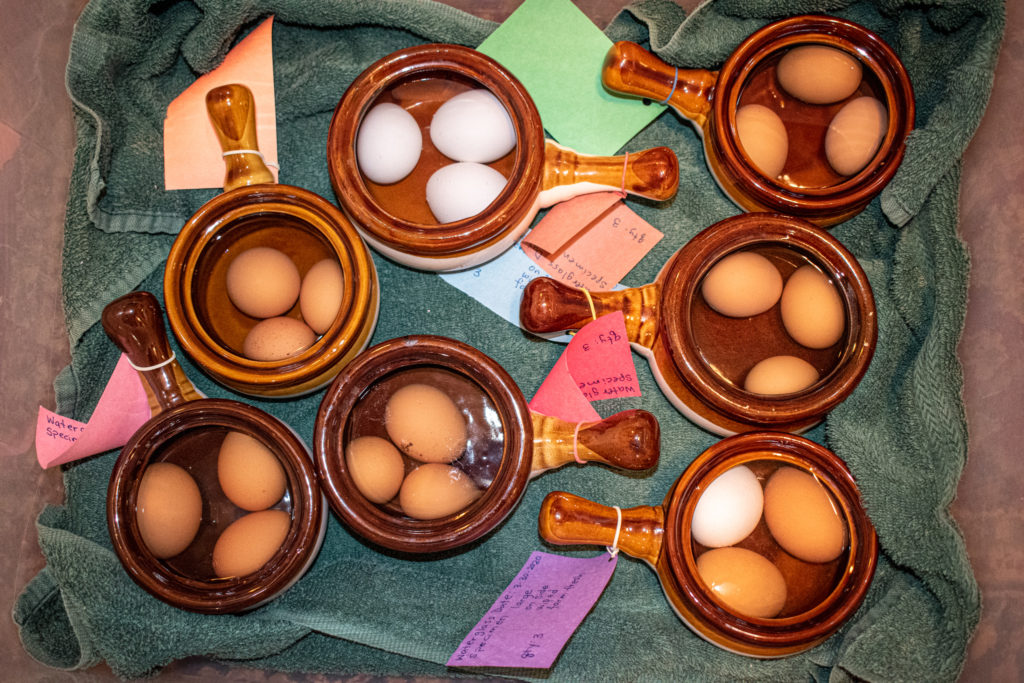
Stored in a cool, dark place, water glassed eggs can remain edible for several months, sometimes up to a year or more. This method is particularly valuable in situations where refrigeration is unavailable or for those looking to make the most of seasonal egg surpluses. It provides a simple, cost-effective way to maintain a steady supply of eggs throughout the year, ensuring that the nutritional benefits of eggs are available even in times of scarcity.
Why Should I Preserve Eggs?
Extend Shelf Life: Fresh eggs typically have a limited shelf life, but preserving them can extend their usability for several months or even up to a year. This is particularly useful if you have access to a large number of eggs at once, such as from backyard chickens, allowing you to avoid waste and have eggs available even when your hens are not laying.
Economic Efficiency: Preserving eggs when they are abundant and cheaper (like during the peak laying season) can be a cost-effective strategy. This way, you can avoid purchasing eggs at higher prices when they are out of season or in short supply.
Self-Sufficiency: For those aiming to reduce dependency on grocery stores or looking to bolster their emergency preparedness, having a stockpile of preserved eggs ensures a steady supply of essential protein and nutrients, regardless of external circumstances.
Sustainability: By preserving eggs, you contribute to reducing food waste, a significant issue globally. It’s a step toward a more sustainable lifestyle, making the most of the resources you have available.
Convenience: Preserved eggs are handy for planning meals ahead of time, especially in busy households. They remain ready to use without the need for refrigeration, which is particularly beneficial in situations where fridge space is limited or for those living off-grid.
Nutritional Value: Preserved eggs maintain much of their nutritional value, providing a good source of high-quality protein, vitamins, and minerals. This makes them a nutritious option to include in your diet year-round.
Culinary Versatility: Preserved eggs can be used in the same way as fresh eggs in cooking and baking. Whether you’re making breakfast, baking goods, or concocting meals, preserved eggs function just as well as their fresh counterparts.

What type of eggs can you water glass?
It’s important to avoid using store-bought, washed eggs for water glassing. Most commercial eggs undergo a cleaning process that removes the protective bloom, making them more susceptible to bacterial infiltration and less suitable for long-term preservation using the water glassing method. Always ensure the eggs are as fresh as possible and check each egg for cracks or imperfections before submerging them in the sodium silicate solution.
Safety
The safety of water glassed eggs largely depends on the initial quality of the eggs used and the conditions under which they are stored. It’s essential to start with eggs that are fresh and have intact shells. Any cracks or imperfections can compromise the effectiveness of the sodium silicate solution and lead to spoilage.
When preparing the solution, it’s important to ensure the correct ratio of sodium silicate to water. Too little sodium silicate may not effectively seal the eggs, while too much could be unnecessarily harsh on the eggshells and difficult to handle due to its caustic nature. The mixture should be made with care, avoiding any direct skin contact, as sodium silicate is an irritant.

Once the eggs are submerged in the solution, they should be stored in a cool, dark environment. Fluctuations in temperature and exposure to light can degrade the preservation quality of the solution, reducing the shelf life of the eggs. Ideally, the storage area should be consistently cool to mimic traditional root cellar conditions.
Before using water glassed eggs, a visual and olfactory inspection is recommended. Eggs that have an off smell, discoloration, or visible mold should not be consumed. When ready to use, the eggs should be thoroughly rinsed under running water to remove any residue of the sodium silicate solution.
Despite these precautions, it’s crucial to consider that water glassing does not kill bacteria but merely inhibits their growth. Therefore, eggs preserved using this method should be cooked thoroughly before consumption to ensure any potential pathogens are destroyed. This makes water glassed eggs safe to eat when handled and prepared correctly.
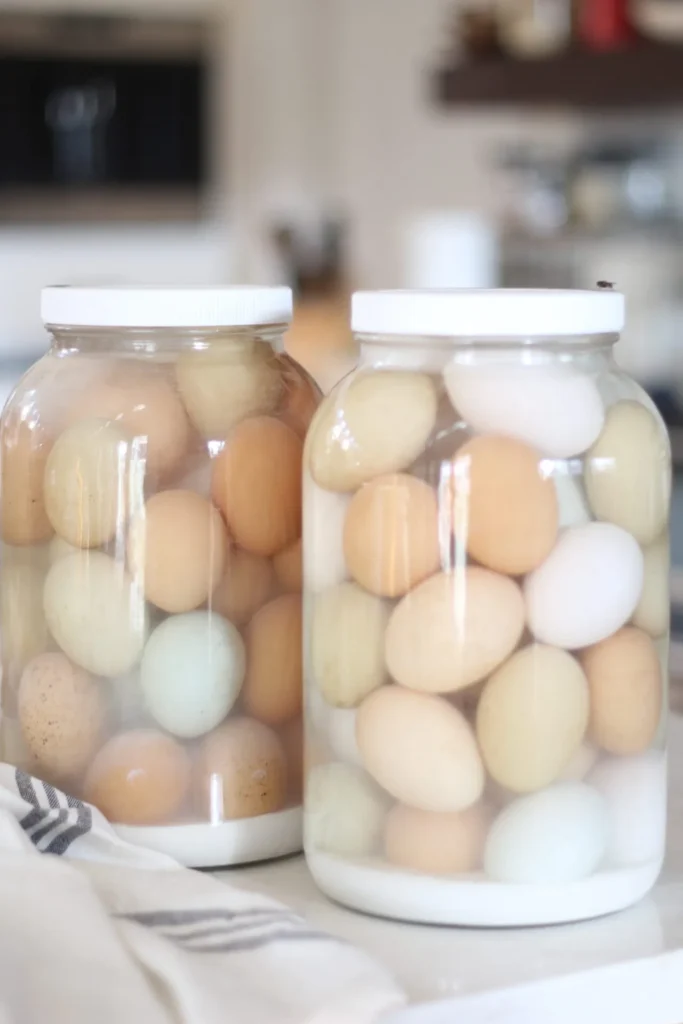
Kitchen Tools Needed for Water Glassing Eggs
Ingredients for Waterglassing Eggs
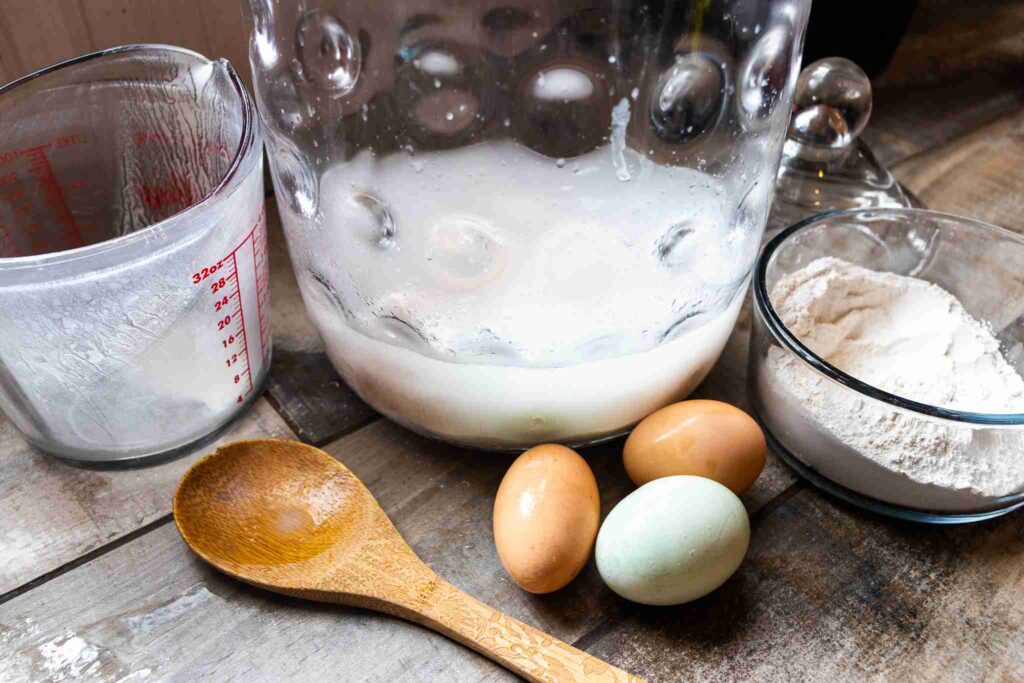
How To Waterglass Eggs?
Gathering Your Materials
Before starting the water glassing process, ensure you have all necessary tools and ingredients ready. This includes your large glass jar or ceramic crock, a wooden spoon for stirring, a measuring cup, a ladle or small cup for placing the eggs, rubber gloves for safety, and a lid or plastic wrap to cover your container.
Preparing the Water Glass Solution
Put on your rubber gloves to protect your hands from the sodium silicate, which can be irritating to the skin. In your chosen container, combine 10 cups of distilled water with 1 cup of sodium silicate. Use the wooden spoon to gently stir the mixture until the sodium silicate is completely dissolved in the water. The solution should be clear and homogenous.
Adding the Eggs
Carefully place each fresh egg into the container using the ladle or small cup. It’s crucial that the eggs are lowered gently to avoid cracking their shells. Make sure the eggs are spaced out so they are not touching each other. Continue until all 12 eggs are submerged in the sodium silicate solution.
Sealing and Storing
Once all the eggs are in the solution, cover the container with a lid or tightly with plastic wrap. This is to ensure no contaminants enter the container and to maintain the integrity of the solution. Store the sealed container in a cool, dark place such as a cellar, basement, or dark pantry. The ideal storage temperature is between 50 and 70 degrees Fahrenheit.
Monitoring
While the eggs are stored, it’s a good idea to check on them periodically. Ensure that the solution covers the eggs completely and that no eggs are exposed to the air, as this could lead to spoilage. If any eggs are found cracked or damaged during storage, they should be removed immediately to avoid contaminating others.
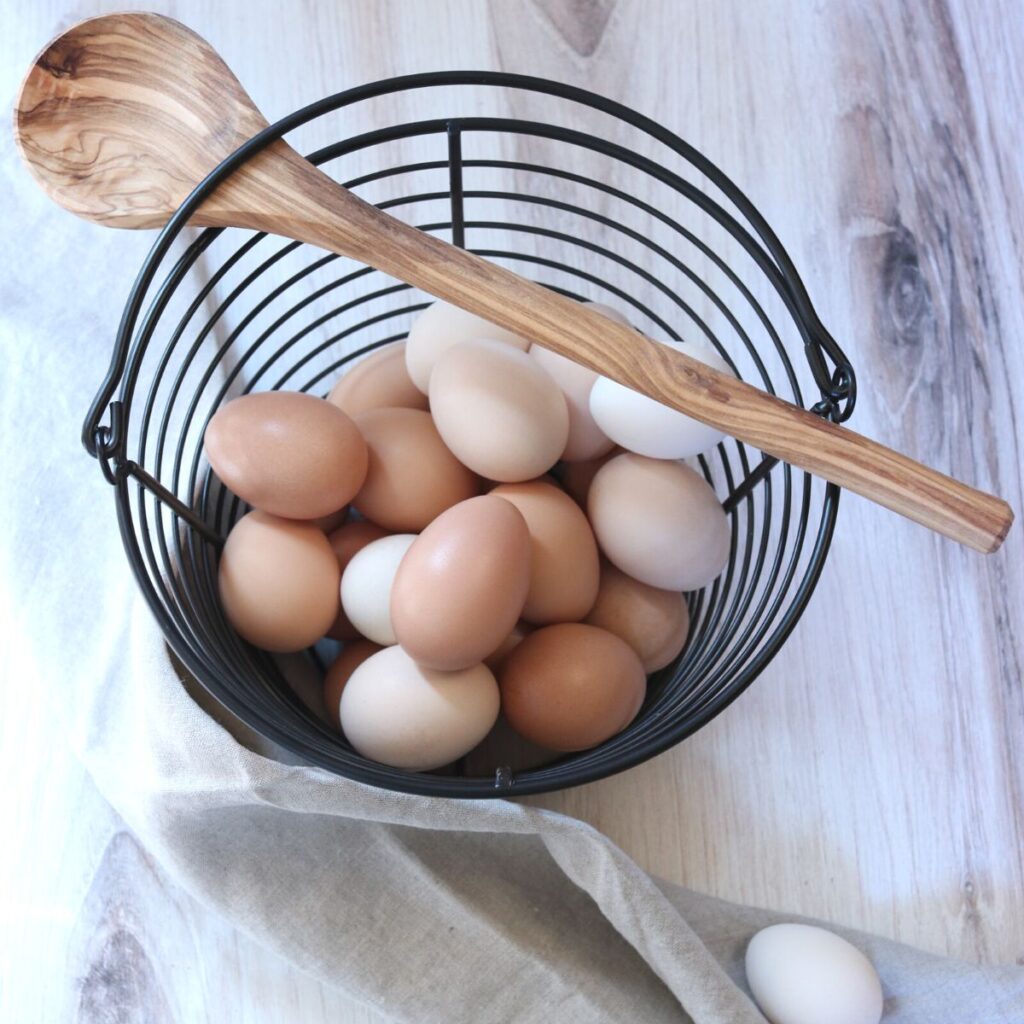
How To Eat Waterglass Eggs?
When it comes to consuming water glassed eggs, the process isn’t much different from using fresh eggs, but there are a few key steps to ensure they are safe and enjoyable to eat. Here’s how to properly prepare and enjoy water glassed eggs:
Thorough Cleaning
Before using your preserved eggs, it’s crucial to remove the sodium silicate coating thoroughly. Rinse each egg under running water, using a gentle scrub if necessary to remove any residue of the preservative. This step ensures that none of the sodium silicate enters your food, maintaining the taste and safety of the eggs.
Checking for Freshness
After cleaning, conduct a freshness test. Place the egg in a bowl of water. Fresh eggs will sink and lie flat on their sides, while older eggs may stand upright or float. This test helps you avoid using any eggs that might have gone bad during storage.
Cooking
Water glassed eggs should always be cooked thoroughly. Whether you’re boiling, scrambling, or baking them into dishes, ensure they are well-cooked. Boiling is particularly straightforward:
- Place the eggs in a pot of cold water.
- Bring the water to a boil, then reduce to a simmer.
- Cook the eggs for at least 10 minutes for hard-boiled eggs.
Using in Recipes
Once cooked, water glassed eggs can be used just like regular eggs in your favorite recipes. They are perfect for slicing over salads, mashing into egg salad, or chopping for sandwich fillings. Due to their dense and slightly firmer texture after long-term storage, they hold up well in dishes where you want the eggs to maintain their shape.
Enjoying
Whether enjoyed as a simple boiled egg seasoned with a pinch of salt and pepper or incorporated into more complex dishes, water glassed area provides a dependable and nutritious option. Their extended shelf life and retained freshness make them a practical choice for everyday cooking, especially when fresh eggs are not available.
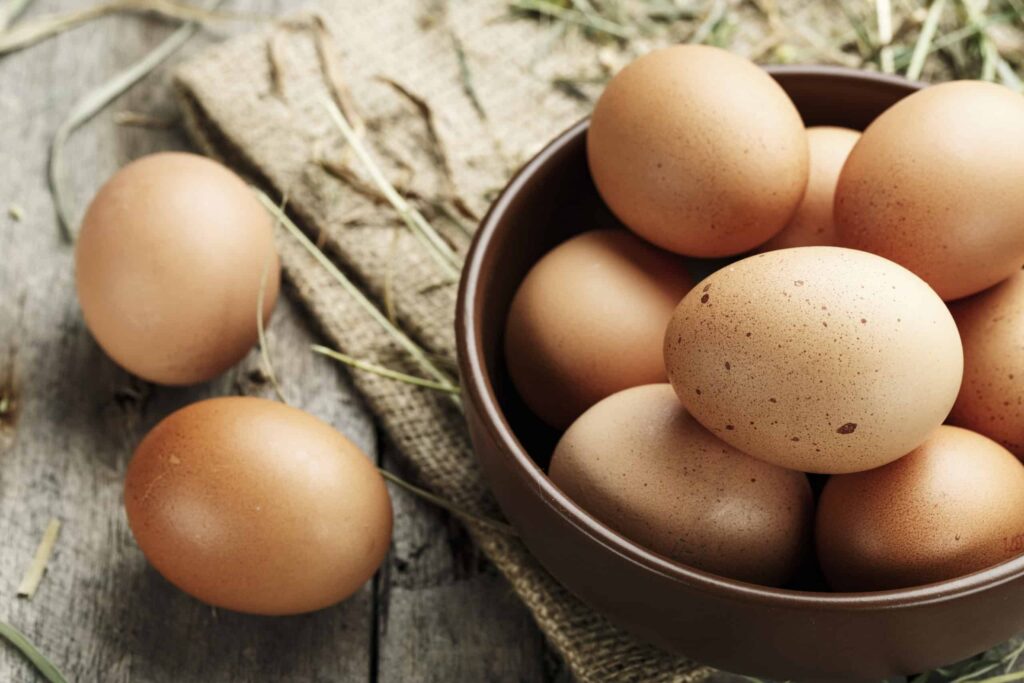
Yummy Recipes
Easy Homemade Blackcurrant Jam Recipe
Easy Egg White Bites Recipe For Healthy Breakfast
Frequently Asked Questions – FAQ’s
Waterglass Eggs
Course: BreakfastCuisine: GlobalDifficulty: Easy20
minutes72
kcalIngredients
12 Fresh Eggs: Make sure they are clean, have no cracks, and have not been washed to ensure the protective bloom remains intact.
10 Cups of Water: Preferably distilled to avoid any impurities that might be present in tap water.
1 Cup of Sodium Silicate: This is the “water glass” that will create the preservation barrier.
Directions
- Before starting the water glassing process, ensure you have all necessary tools and ingredients ready. This includes your large glass jar or ceramic crock, a wooden spoon for stirring, a measuring cup, a ladle or small cup for placing the eggs, rubber gloves for safety, and a lid or plastic wrap to cover your container.
- Put on your rubber gloves to protect your hands from the sodium silicate, which can be irritating to the skin. In your chosen container, combine 10 cups of distilled water with 1 cup of sodium silicate. Use the wooden spoon to gently stir the mixture until the sodium silicate is completely dissolved in the water. The solution should be clear and homogenous.
- Carefully place each fresh egg into the container using the ladle or small cup. It’s crucial that the eggs are lowered gently to avoid cracking their shells. Make sure the eggs are spaced out so they are not touching each other. Continue until all 12 eggs are submerged in the sodium silicate solution.
- Once all the eggs are in the solution, cover the container with a lid or tightly with plastic wrap. This is to ensure no contaminants enter the container and to maintain the integrity of the solution. Store the sealed container in a cool, dark place such as a cellar, basement, or dark pantry. The ideal storage temperature is between 50 and 70 degrees Fahrenheit.
- While the eggs are stored, it’s a good idea to check on them periodically. Ensure that the solution covers the eggs completely and that no eggs are exposed to the air, as this could lead to spoilage. If any eggs are found cracked or damaged during storage, they should be removed immediately to avoid contaminating others.
Conclusion
Water glassing eggs is a time-honored method that allows you to preserve eggs for an extended period without refrigeration. By using a simple mixture of sodium silicate and water, this technique ensures that eggs remain fresh and edible for months or even up to a year. It’s an excellent choice for those looking to reduce waste, save money, and maintain a steady supply of eggs.
Whether you’re a homesteader, a seasonal eater, or someone interested in traditional preservation methods, water glassing provides a reliable and environmentally friendly solution. Embracing this practice not only taps into historical food preservation techniques but also aligns with sustainable living practices by maximizing the utility and shelf life of a valuable food resource.

